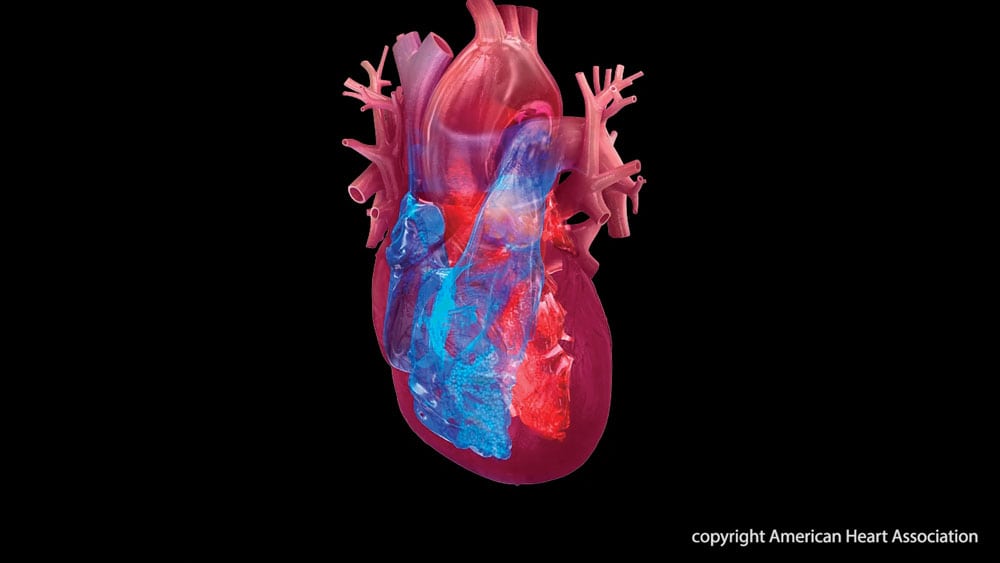Is there a difference when diagnosing heart disease?
Heart disease is a man’s disease. That is one of the myths surrounding heart disease, according to Dan Muñoz, M.D, M.P.A, assistant professor of medicine in the Division of Cardiology and medical director for quality at the Vanderbilt Heart and Vascular Institute in Nashville.
“We have come to understand that heart disease happens to dads and moms, brothers and sisters,” Muñoz says. “It does not discriminate along gender or racial lines. It is an important challenge for health care professionals to educate people so they know that heart disease is a possibility for everyone.”
However, Muñoz says heart disease may not “rear its face the same with every patient.”
“Men tend to have classic or textbook symptoms — chest pain or tightness in the chest,” he says. “Women tend to be more likely to have less typical symptoms such as shortness of breath, upper stomach pain or back pain.”
While symptoms can vary, if the symptoms are related to activity or if activity worsens the symptoms or brings them out, Muñoz says to consult a doctor for evaluation.
And speaking of consultations, Muñoz says everyone should have a primary care physician who regularly monitors some basic but important risk factors, including blood pressure, blood sugar, cholesterol and tobacco use.
“The most satisfying thing as a doctor is preventing heart attacks as opposed to treating patients after a heart attack,” the cardiologist says. “Everyone needs a good working relationship with a primary care doctor to keep those things in check to avoid a heart attack.”
The cardiologist suggests asking either a primary care doctor or a cardiologist about your risk of heart disease.
“The most common scenario is for a primary care doctor to refer a patient to a cardiologist,” he notes, “but if you have a strong family history of heart disease, you may want to schedule an appointment directly with a cardiologist. Either way is fine and appropriate.
“The important thing to emphasize is that it is always better to know than to wonder. You might be nervous if you think you are at higher risk, but the beginning of change is to find out. It is always better to start that work sooner than later.”
The American Heart Association lists the following warning signs for women and men. If you have any of these signs, call 911 and get to a hospital right away.
 Heart disease warning signs for women
Heart disease warning signs for women
- Uncomfortable pressure, squeezing, fullness or pain in the center of your chest. It lasts more than a few minutes or goes away and comes back.
- Pain or discomfort in one or both arms, the back, neck, jaw or stomach.
- Shortness of breath with or without chest discomfort.
- Breaking out in a cold sweat, nausea or lightheadedness.
- As with men, women’s most common heart attack symptom is chest pain or discomfort. But women are somewhat more likely than men to experience some of the other common symptoms, particularly shortness of breath, nausea/vomiting and back or jaw pain.
 Heart disease warning signs for men
Heart disease warning signs for men
- Chest discomfort — the most common sign of heart danger in men and women alike.
- Nausea, indigestion, heartburn or stomach pain
- Pain that spreads to the arm
- Dizzy or lightheaded feelings
- Throat or jaw pain
- Gets exhausted easily
- Snoring
- Sweating
Men and women, don’t be deniers. All who have died of heart disease likely said the words, “It can’t be happening to me.” And all who lived reacted quickly to their symptoms.



